Examining the roots of
California’s ongoing insurance crisis
by Rafael Perez | April 24, 2025
There are two uncomfortable truths that have settled in after the smoke cleared from the Los Angeles County fires. The first is that the public will pay for a significant share of the damage. The second is California’s utter mismanagement of the insurance market has created conditions where victims were less able to mitigate their own risks. The latest estimates for the total economic damages caused by the fires have risen to an astounding $250 billion.
This insurance aspect of the disaster can be traced back to 1988 when California passed Proposition 103, which began eroding competition in the insurance market by imposing caps on what insurance companies were allowed to charge for property and other lines of insurance. In the face of rising rates (actually caused by a court decision allowing third-party insurance lawsuits), voters agreed to give the insurance commissioner the power to approve or even roll back rates.
As the frequency and severity of wildfires increased over the years, it was no longer viable for companies to expose themselves to the increased risk without also increasing prices. Elected commissioners had little political incentive to approve price increases, so insurers chose to reduce their underwriting instead.
While one should avoid being insensitive in the face of tragedy, it’s clear that many of the victims of these wildfires assumed a risk when they decided to live in fire-prone areas. The Pacific Palisades have long been predicted to be at particularly high risk of being a casualty of wildfires. So the inclination here might be to ask, at what point is the public no longer responsible for the risks that some individuals choose to take? In a functioning insurance market, policies would reflect the risk – and homeowners would decide whether to pay the premium or live elsewhere.
Furthermore, the people who lived in places like the Pacific Palisades and Altadena had a reasonable expectation that the government – which extracts some of the highest taxes in the country from them –would have systems in place to reduce at least some of the risk that they were accepting. And we’ve seen myriad failures – insufficient water systems, delays in utility fireproofing upgrades, poor wildlands management – that question the government’s fire-prevention competence.
Many of the victims of Hurricane Katrina in New Orleans in 2005 assumed analogous risks and they also had a reasonable expectation that their government had adequate protection plans in place, yet they were similarly failed by its lack of foresight and mismanagement. Right or not, every time some construction project was green-lit deep within fire (or in the case of Katrina, flood) zones, it was an explicit statement by the approving body that doing so was safe. I’m not arguing for restrictions on where people build – but on better fire-prevention and infrastructure services.
Even if one assumes that those who decided to live in fire-prone areas willingly took on an excessive risk by doing so, these property owners were effectively prevented by that same government from accessing adequate insurance policies that mitigated their risks.
Not only did California governments fail to implement adequate wildfire prevention and response for its residents, they left large numbers of residents dependent on the state-created, insurance-funded, bare-bones insurer of last resort, the FAIR (Fair Access to Insurance Requirements) Plan. That plan is facing possible insolvency. California localities also make it difficult for property owners to engage in fire-prevention efforts without owners gaining myriad approvals and enduring lengthy environmental reviews.
The blame for this disaster lies almost entirely with various governments and a succession of insurance commissioners for failing to address the looming catastrophe when they had the time, information and the ability to do so. Although Prop. 103 cannot be changed without a vote, the Department of Insurance and the Legislature shouldn’t have waited so long to speed up rate reviews, allow insurers to use catastrophe modeling, shore up the FAIR Plan and let insurers factor rising reinsurance rates into their premiums.
Insurance companies had essentially two options given the restrictions that were placed on them: reduce their footprint in California or risk their capital reserves if a “perfect storm” event such as this occurs. California’s leaders chose to ignore the problem until late last year, when it was too late to do anything about the LA wildfires – although the Sustainable Insurance Strategy has helped mitigate the insurance exodus by implementing those above-mentioned reforms.
As is common in our state, government intervention in our markets has resulted in much worse outcomes than if they had just left the private sector largely to its own devices. If our leaders had stuck to the traditional insurance-regulation approach (fostering competition and assuring that insurers had the reserves to pay any claims) and funding a more aggressive wildfire response, much of the humanitarian and economic fallout could have been prevented.
Rafael Perez is a columnist for the Southern California News Group. He is a doctoral candidate in philosophy at the University of Rochester.
